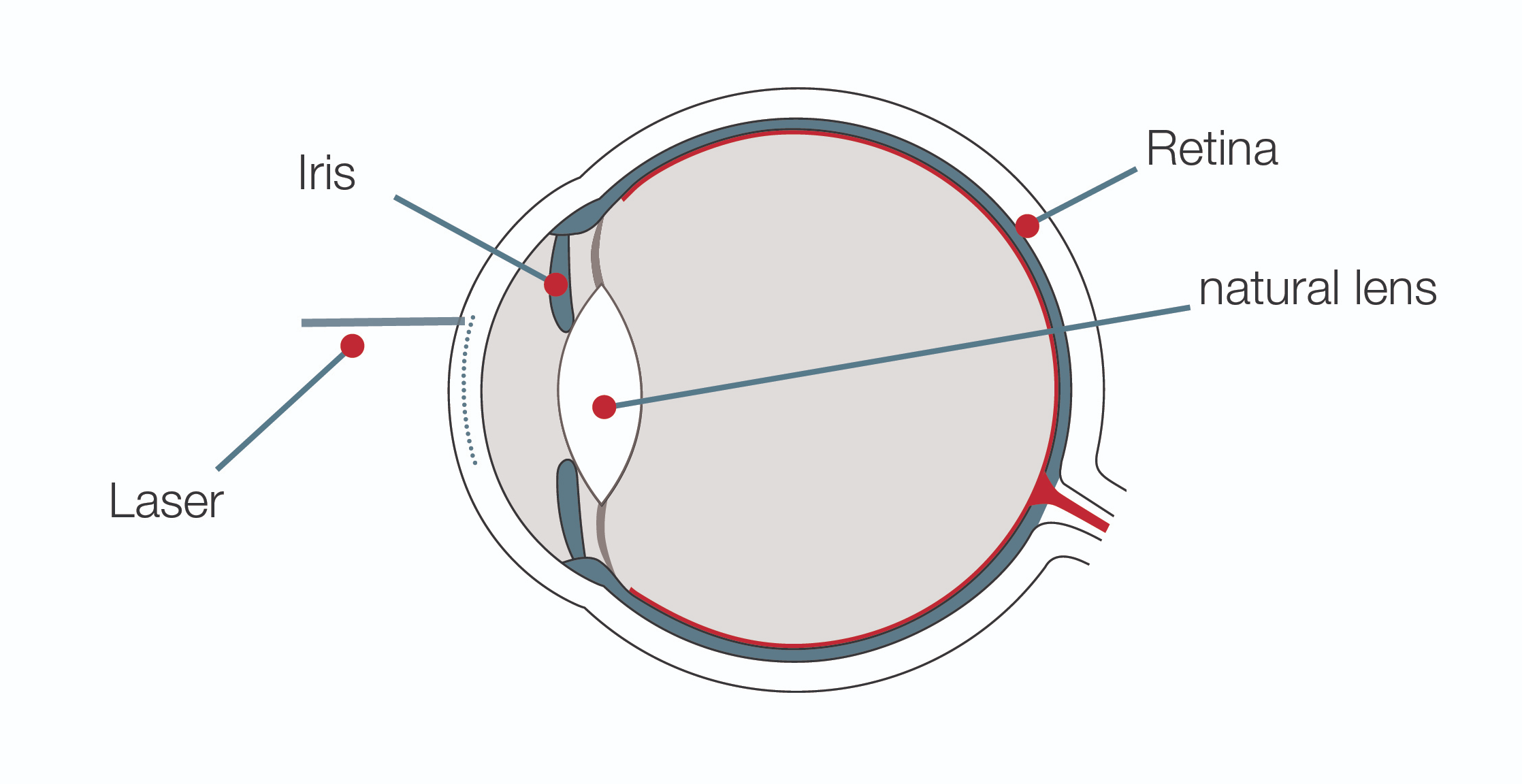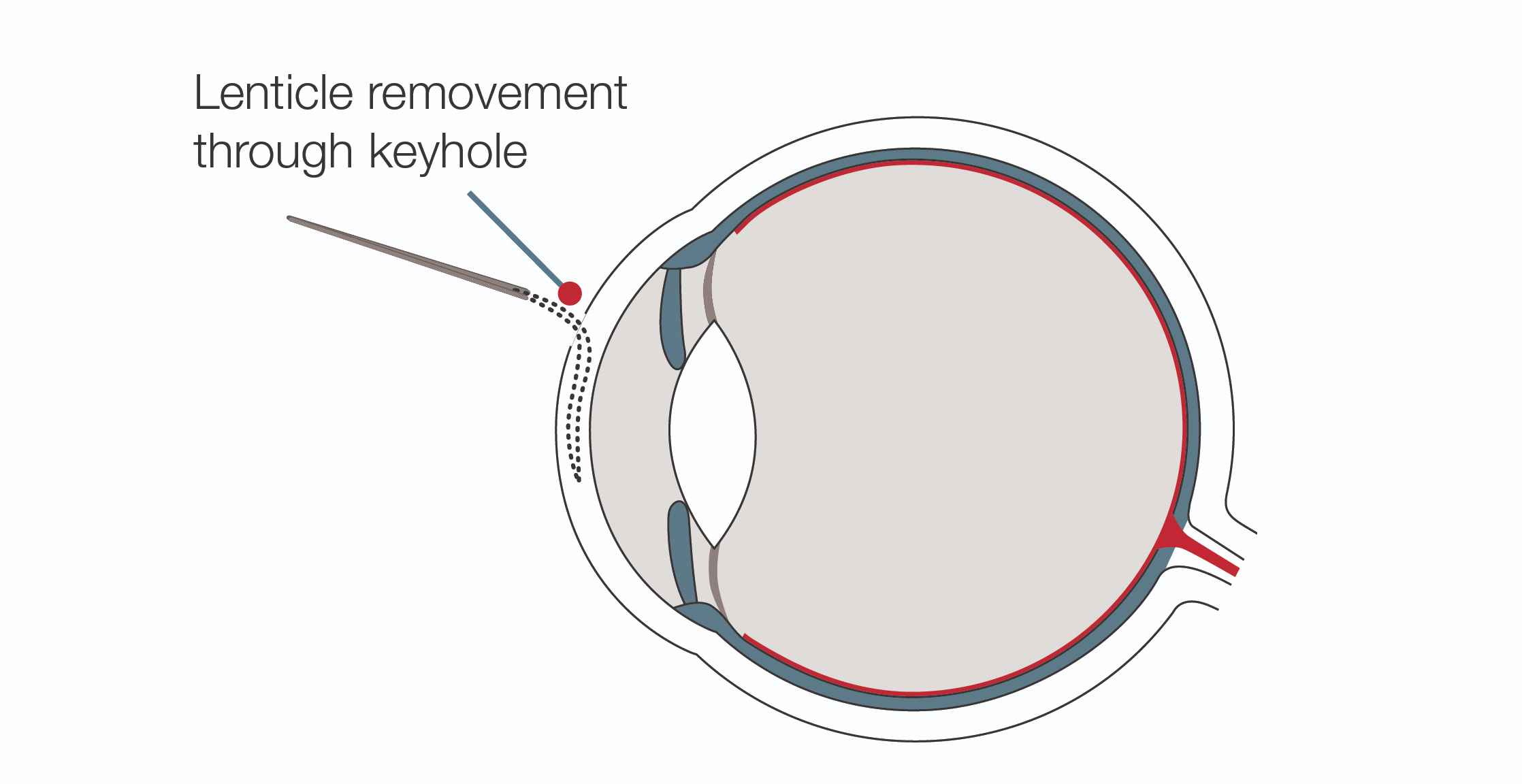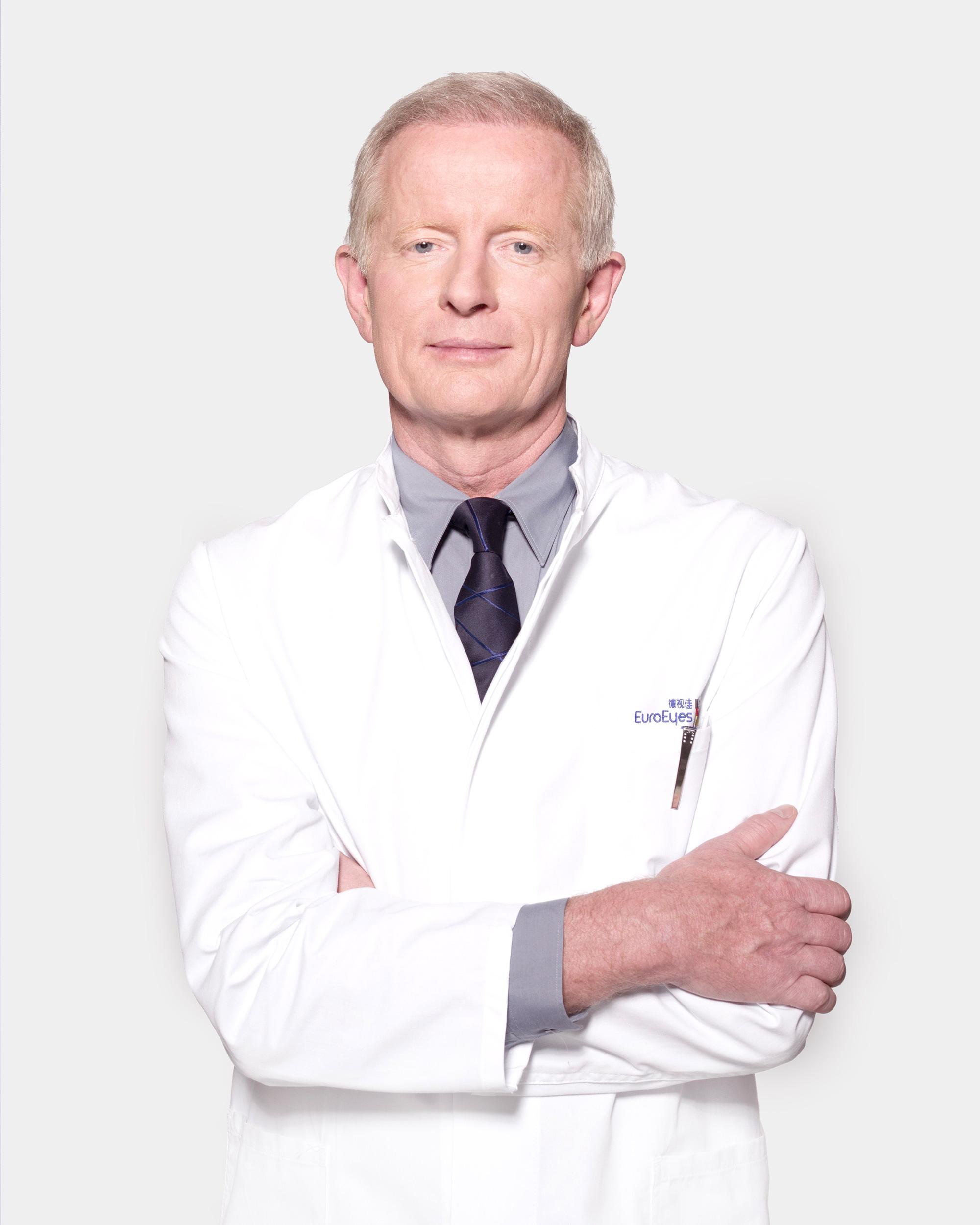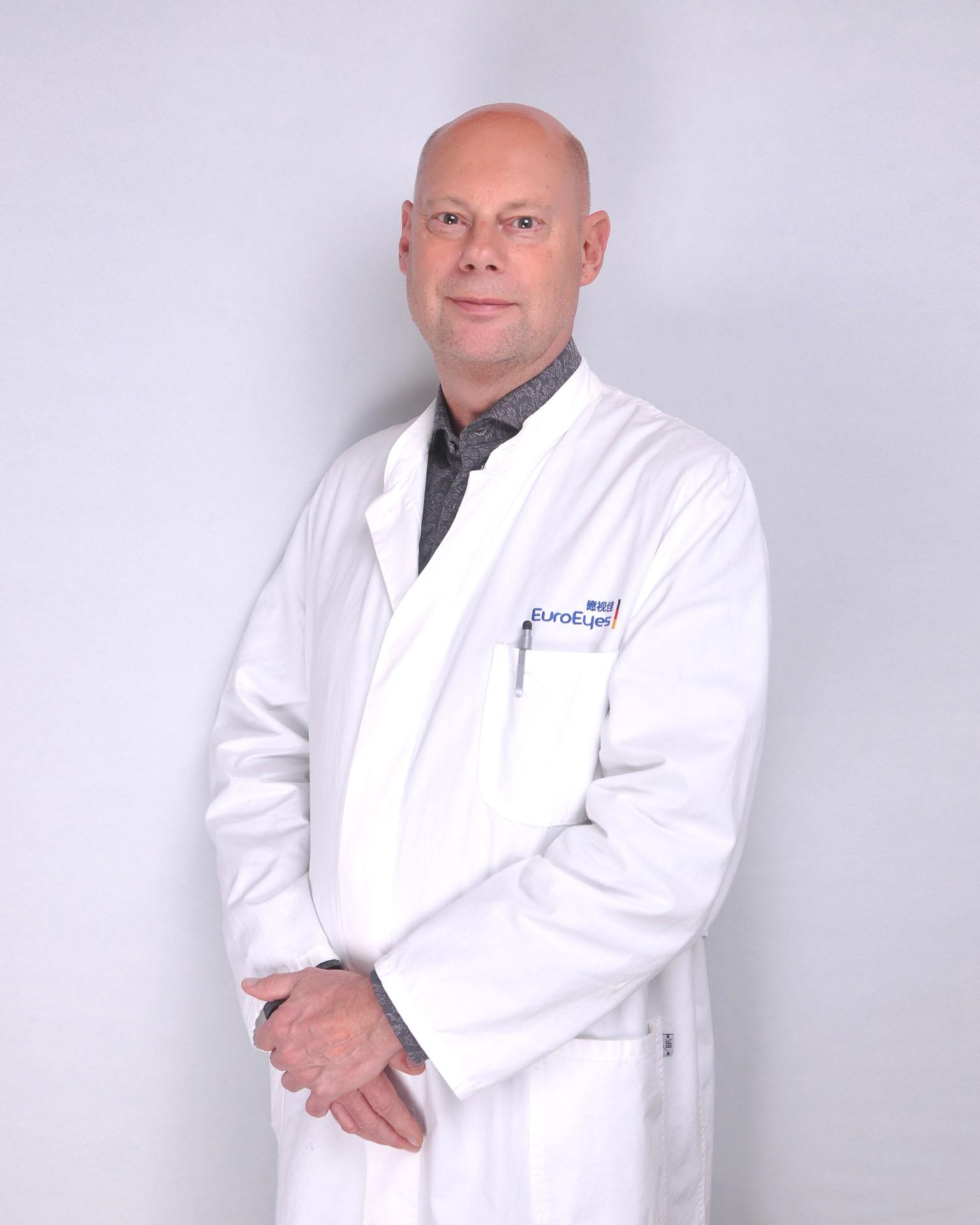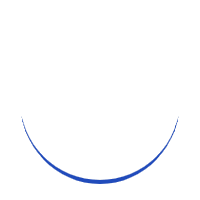WHAT IS RELEX SMILE?
The ReLEx smile treatment is the latest development of the Femto-LASIK procedure and offers an extremely safe and gentle correction of ametropia. It combines state-of-the-art femtosecond technology with high-precision lenticular extraction.
The crucial advantage: with ReLEx smile we can laser your eyes without having to create a “flap” and don’t have to open a large corneal area, as is necessary with LASIK. A special femtosecond laser prepares a thin, three-dimensional lenticular disc inside the cornea, which is removed via a tiny 2 mm opening at the cornea.
This procedure protects the eye, the cornea remains stable and flap complications are excluded. This minimally invasive treatment is our first choice for the correction of myopia, astigmatism and dry eyes.

